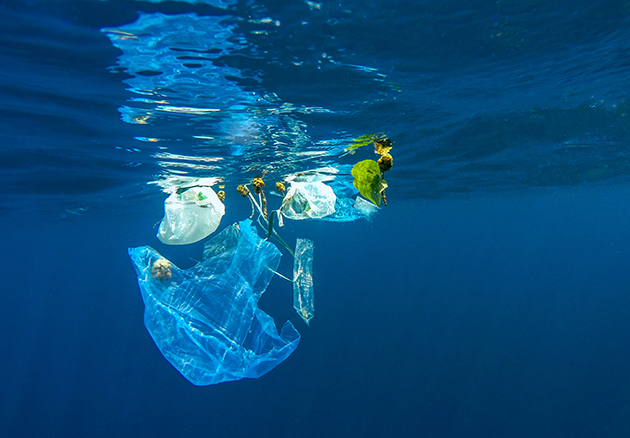In today’s world, plastic is an essential raw material. Since their invention in the 1930’s, plastics have become ubiquitous in the manufacture of everyday products. In 2012 the plastics industry accounted for more than 1.4 million jobs in over 62,000 companies across the European Union.1 As useful and versatile as plastics are, however, their unchecked disposal on an unprecedented scale is resulting in significant global impacts on wildlife from marine environment pollution. Microplastics are particularly problematic, and as the life cycle comes full circle, it is feared that they could bring adverse impacts for humans too.
Waste by design
The scale of the issue is massive. One study has estimated that of the 275 million tonnes of plastic waste generated by 192 countries in 2010, 4.8–12.7 million tonnes could have entered the ocean.2 That’s a serious amount in just one year. The plastic is of various shapes and sizes and ends up on beaches and in the oceans from many sources: large items such as discarded fishing equipment or items from shipping containers are lost into the sea directly, whereas other discarded items can get washed into the seas from rivers. Similarly, inadequately managed land-based plastic waste from countries with lots of coastline can easily end up in the ocean.

